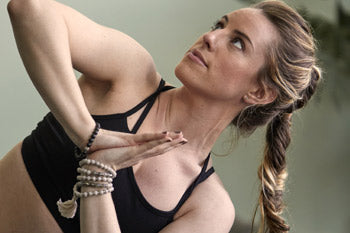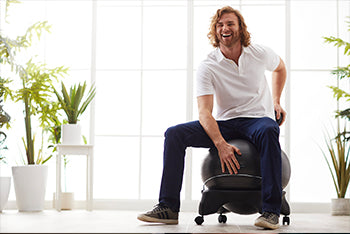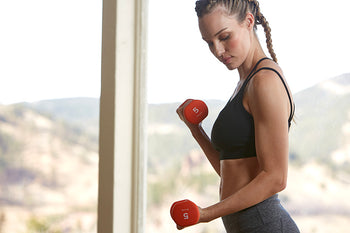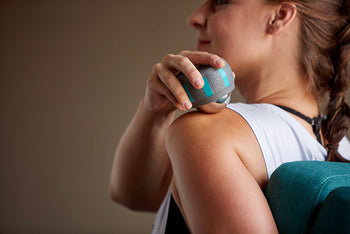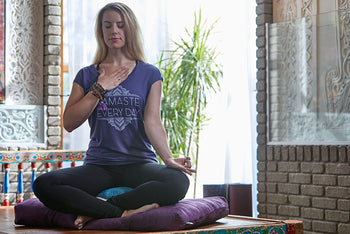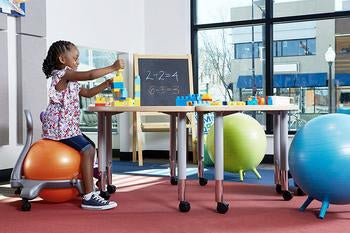8 Principles of Pilates

Joseph Pilates called it "contrology." In his book Return to Life Through Contrology, he defined his work as a way to completely and thoroughly unify the body, mind and spirit. His principles, which we now call the principles of Pilates, are the foundation for his approach to physical fitness. While the principles may sound abstract, their integration, according to Pilates, helps achieve balance, grace and fluidity. Learn about these eight Pilates fundamentals:
Concentration
Concentration promotes the mind-body connection. As you focus and become mindful of each body movement, Pilates states you will receive optimum physical value from each movement as well as enhance your body awareness.
Centering
During your Pilates workout, you should consciously bring your focus to the center of your body. As you focus within, this Pilates principle suggests you will bring calm to both your body and spirit. Pilates called the center of your torso the “powerhouse,” from which all energy for exercise is derived.
Control
Pilates' method is based on mindfulness, including proper, safe and complete muscle control. With proper control, you utilize the exact and correct form, leaving no part of your body unattended. In your mindful awareness, you direct each and every movement.
Precision
According to Pilates' precision principle, executing one exercise with deliberate exactitude is more important than completing more repetitions with sloppier form. For this reason, good Pilates instructors provide detailed instructions to their students on all Pilates movements.
Breathing
Deep, controlled, diaphragmatic breathing activates blood circulation and awakens cells and muscles. Pilates recommended visualizing the lungs as bellows as you bring air in to the fullest and release it in the same manner. He wrote that breathing is the most integral part of exercise, and even if one follows no other recommendation, learning to breathe correctly is the most important thing.
Alignment
From head to toes, the Pilates method stresses good posture and awareness of the placement of all parts of your body. During your Pilates workout, it is important to be aware of the position of your head, neck, spine and pelvis to ensure proper breathing and technique.
Flow
Pilates routines are completed through a gentle flow. Grace, ease and fluidity are the intention Joseph Pilates applied to all exercise. Continuous, smooth, and elegant movement as you transition from one pose to another will bring strength and stamina according to this principle.
Integration
Breath, control, mindfulness, centering, alignment, and precision unite as the many groups of muscles work together to support and govern movement. Practicing each of the above principles achieves Pilates' goal of an integrated mind-body workout.
Also in Blog

Body Peace & Personal Empowerment

Yoga for Swimmers: Poses for Strength and Mobility


